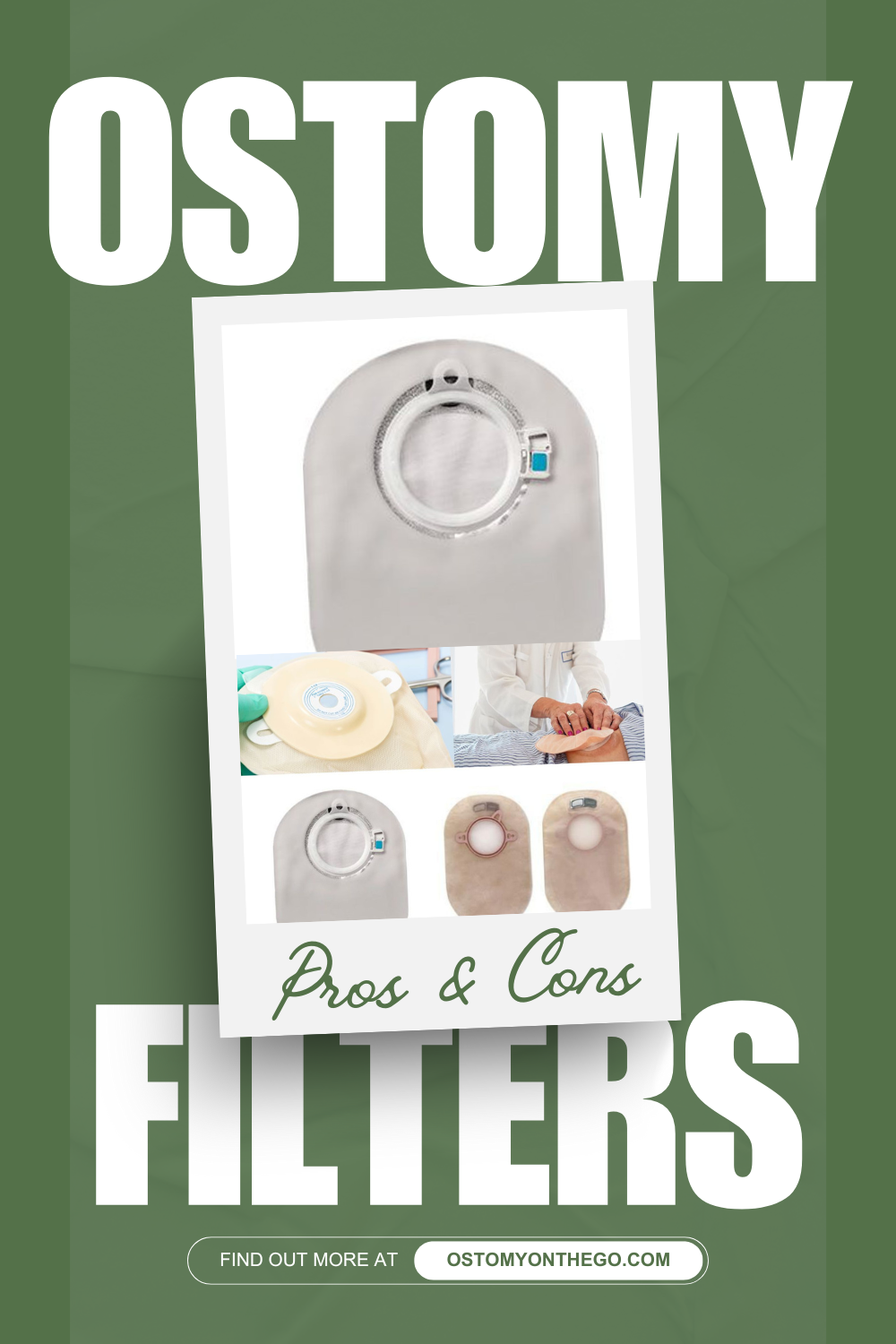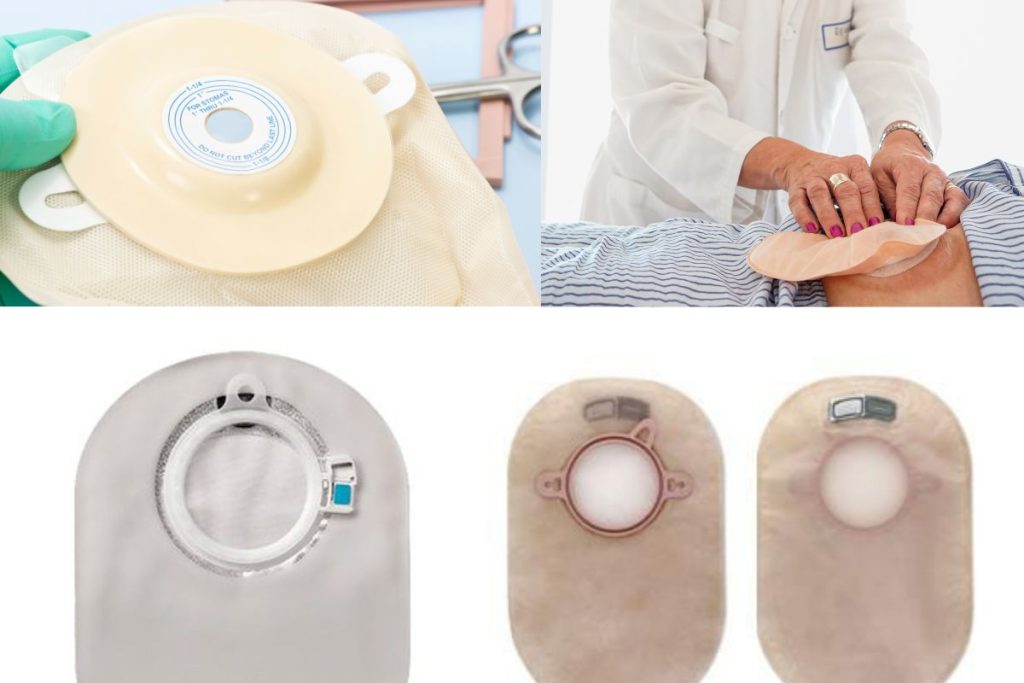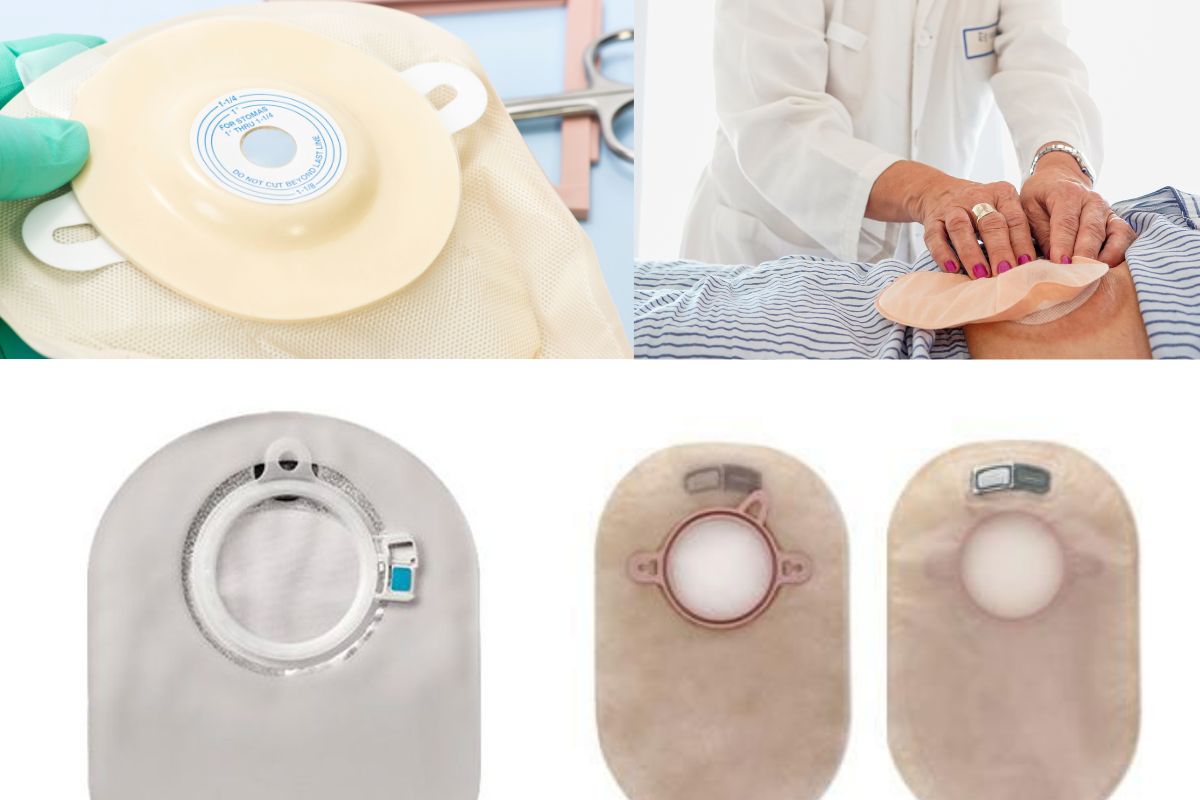If you’re living with a stoma and using a pouching system without an ostomy bag filter, you may be wondering if you really need a filter in your ostomy bag.
An ostomy bag filter (also often called a vent or charcoal filter) is a feature in many modern pouches designed to release gas and help control odor, but like many things in ostomy care, one size doesn’t fit all.
After years of talking with other ostomates and testing different pouching systems myself, I’ve learned that filters can be helpful, but only when they fit your lifestyle and stoma type.
In this article we’ll explore how these filters work, what real users say, the pros and cons, and how you can decide whether a filtered pouch is right for you.
Related Article: Why Does My Ostomy Smell? And How to Deal With It

What is an Ostomy Bag Filter and How Does it Work?
An ostomy bag filter is typically a small integrated component in the pouch (especially on colostomy or ileostomy pouches) that allows internal air or gas to escape while attempting to contain odor. According to pouching system providers:
- The filter helps release gas and deodorize the pouch, keeping the bag flatter and more discreet.
- The filter is often a charcoal-type material (activated carbon) that adsorbs odor compounds in the gas venting out.
- Many ostomy pouches incorporate a charcoal filter to deodorize gas and allow it to escape … but once the filter clogs, it doesn’t work.
In simpler terms: You swallow/produce some air and gas, it enters your pouch, and the filter gives the gas a way to exit while attempting to reduce smell. If it works well you may notice less “ballooning” (bag inflating with air) and fewer odor concerns.
Real Ostomate Experiences with Filters
If you’ve used different ostomy bags, you’ve probably noticed that filters can be hit or miss. Some people find them helpful for the first couple of days, while others say they stop working as soon as the filter gets wet.
For most ostomates, the filter performs best when it’s dry and free from output buildup. Once it becomes clogged or damp, air can no longer pass through, which leads to ballooning and odor issues. This is especially common for those with ileostomies, since liquid output tends to reach the filter faster.
While a few brands like Coloplast and Hollister are praised for offering decent odor control, many users agree that no filter works perfectly every time. It often comes down to your stoma type, diet, and how long you wear your pouch.
If you struggle with filters that stop working too soon, consider trying unfiltered bags or adding a manual venting device like the Osto EZ-Vent. This allows you to release gas when needed without relying on a filter that might clog or fail mid-wear.
Pros of Using a Filtered Ostomy Bag
Even though ostomy bag filters can be unpredictable, they do offer a few real benefits when they work properly.
- Helps reduce gas buildup: A functioning filter allows air to escape gradually, which means less ballooning and fewer uncomfortable moments during the day.
- Minimizes odor: Many filters include charcoal layers designed to trap smells before they leave the bag, helping you feel more confident in social settings.
- Less frequent manual venting: If your filter stays dry, you won’t need to open your pouch as often to release air, making your routine a little more convenient.
- Great for short wear times: If you change your pouch daily or every other day, you’re more likely to enjoy the benefits of a filter without dealing with clogs or leaks.
While filters aren’t perfect, they can make life easier when paired with good maintenance habits. Try covering your filter with a sticker until you’re ready to use it, or rotate between filtered and unfiltered bags depending on your schedule and activities.
Related Article: How to Relieve Gas with an Ostomy
Cons & Common Filter Problems
On the flip side, these are some of the drawbacks and issues with filters, many of which are borne out by user feedback:
- Clogging / wetness: If output (liquid stool or moisture) reaches the filter, it can block the venting or render the filter ineffective.
- Pancaking / vacuum effect: Some users report that filters contribute to pancaking if the bag sucks in around the wafer because the filter is allowing air out or causing a subtle vacuum. (Real user comment: “causes a problem by creating a vacuum… causes pancaking.”)
- Inconsistent odor control: Several users reported that despite the filter, they still experienced smell or leaks around the filter area (“I thought the filter made me smell.”)
- Cost / complexity: Filters may add cost or may require more frequent bag changes if the filter becomes compromised. Some users choose non-filtered bags because they feel the filter is a liability.
- Manual bypass: Some people simply prefer to “burp” their bag manually (especially with two-piece systems) rather than rely on a filter that might fail.

Should You Use a Filtered or Non-Filtered Bag?
Here’s a decision-making guide for whether a pouch with a filter might be a good option for your situation.
Consider each point and how it applies to you:
1. How much gas / ballooning do you experience?
If you find your bag frequently ballooning (filling with air) or you’re extremely gassy, a filter may help provide a venting path. (Manufacturers cite ballooning as a primary issue for filter use.)
If you rarely balloon or you burp your bag manually without issue, a filter may not be a priority.
2. Is your output mostly liquid, semi-formed, or thick?
If your stoma output is very liquid (e.g., ileostomy) or you have high output volume, there’s a greater risk the filter will get saturated or blocked by moisture or output. Many users with liquid output report filter issues.
If your output is more formed (colostomy) and less frequent, a filter is more likely to remain dry and functional.
3. Do you prefer one-piece or two-piece systems, and how often do you change your pouch?
If you use a two-piece system and change pouches often, you may find manual burping easier and might prefer filter-less for simplicity.
If you prefer a one-piece system and want automated venting, a filter may appeal to you. Some clinical guidance suggests “filtered pouches” when you have gas and formed discharge.
4. Are you comfortable monitoring for filter problems (e.g., output near filter, bag sagging, smells)?
Using a filtered pouch may require more vigilance: check that the filter remains dry, isn’t blocked, isn’t touching output, isn’t covered inadvertently.
If you prefer a lower-maintenance solution, a filter-less bag may be simpler.
5. Try a trial and assess your lifestyle & preferences.
Because each person is different (as the user comments show “everyone is different, it’s all trial and error”), it’s wise to sample both filtered and unfiltered pouches — many manufacturers and suppliers offer samples.
Try wearing both for a day or two and note:
- how often you need to burp or empty
- whether the bag balloons
- whether you smell odor
- whether you notice issues like pancaking or vacuum effect
Then choose the one that gives you the best balance of discretion + comfort + reliability.
Tips for Using Filtered Pouches Successfully
If you decide to go with a filtered bag, here are practical pointers drawn from manufacturer advice + real user experience:
- Make sure the filter location is clear (near top of bag) and not blocked by clothing, skin folds, or adhesive sprays.
- If you swim or shower, use the filter cover (supplied with many pouches) during immersion to prevent water from entering the filter and rendering it ineffective.
- Monitor for output reaching the filter or filter area becoming damp. One user said: “The filters only work if no output gets to them … once they got wet … rendered useless.”
- If you notice ballooning or sagging of the bag, consider changing the pouch earlier or switching to a model with a “pre-filter” design (some pouches now include a foam pre-filter to protect the main filter).
- If you burp manually, a two-piece system gives you the option: for example, release the bag from the flange a little bit, let out the air, re-attach. Many users choose this instead of relying on a filter.
- Keep deodorizing spray or drops handy (especially if you’re concerned about odor); even with a filter you may find odor control is improved with adjunct tools.
- If you notice persistent odor or leakage, check the seal of your skin barrier and the wafer; often the problem is not the filter but a leak around the wafer.
Related Article: Traveling with an Ostomy: Essential Tips for TSA & Flights
Final Thoughts: Choosing What Works for You
- A filtered pouch can be a solid choice if you experience gas/ballooning, have formed output (colostomy rather than very liquid ileostomy), and want automatic venting and odor control.
- A filter-less pouch (or using manual burping) may be better if your output is very liquid, you’ve had filter issues, you prefer simplicity and fewer potential failure points, or you’re comfortable manually releasing air from the pouch.
- Ultimately it comes down to your output type, your body’s behavior (how much gas you produce), your pouching system (one-piece vs two-piece), your lifestyle (active, swimming, fluctuating output), and your tolerance for trial & error.
- Don’t feel locked in. Many ostomates start with one style and switch after finding what works. The user comments reflect this: “I switched to non-filtered … much happier,” or “I hated the filter, never again.”
- Work with your ostomy nurse or supplier, request samples of both filtered and non-filtered options, keep notes of how your daily wear goes (gas, ballooning, odor, pancaking, comfort), and then choose what gives you the best freedom and peace of mind.
Ostomy Bag Filter FAQs
The filter releases gas from your pouch while helping to control odor. It can reduce ballooning, but filters may clog if they get wet.
There isn’t one clear winner when it comes to ostomy bag filters—most users report mixed results. Some find that some work best for odor control, while others prefer filters that are great for reducing ballooning. However, many ostomy patients say filters from major brands lose effectiveness after a few days or once the filter gets wet. If you’re unsure, you can request free samples from all three companies to find your perfect fit.
It depends on your stoma type, output consistency, and how long you wear your bag. Many people find filters help for the first couple of days but clog quickly, especially if you have an ileostomy with more liquid output. Once the filter becomes moist or covered in waste, it often stops venting air properly and can cause ballooning. Some users prefer adding an Osto EZ-Vent for manual gas release instead of relying on the built-in filter.
Filters clog or stop working when they get wet or contaminated with output. This blocks airflow and can cause the bag to balloon. For longer wear time, some users cover the filter with tape or use filter stickers until they need it, keeping it dry for longer. If ballooning or odor becomes frequent, you may want to try a venting device or switch to unfiltered bags and manually release air as needed.
Some ostomates swear by filters for odor control, while others say they’re “just a gimmick.” Filters can help reduce gas buildup and smell early on, but once they’re wet, they often stop working. If you experience frequent leaks, you may want to try both styles to see which gives you fewer issues.
Have you found a filter that actually works for you? Share your experience in the comments, your feedback helps others find what works best, too.

